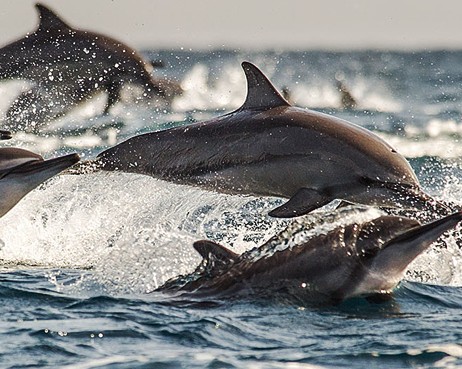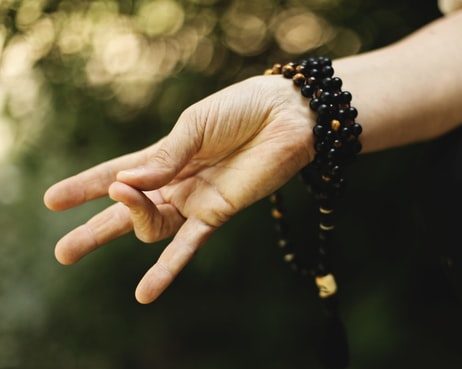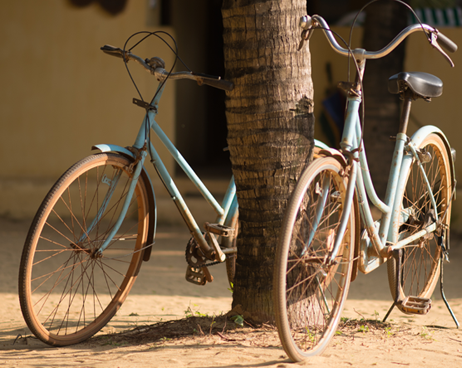Yoga & Meditation
Alankuda Beach Yoga Retreat
From 29th of November to 5th of December and from 31th of January to 6th of February. With Elisa Barzoi
Pranayama, Pratyahara, Dharana and Dhyana
True yoga begins with pranayama, which is the main access to the mind and meditation or to the passage that leads from the external world to the internal one.
According to the Yoga Sutras of Patanjali, pranayama constitutes the fourth of the eight angas, or stages or “limbs” of yoga.
Pranayama is a technique in yoga that puts control over breathing back into your hands. Literally, the word means ‘extension of life force’, and the practice engages you with the nuances of breathing. This special and ancient yogic technique switches the light back in the dark spaces—the places in your body and mind that may have otherwise remained inaccessible. Pranayama vastly improves the mechanics of the nervous system because it affects what we always thought was beyond our influence.
“Breath is the bridge which connects life to consciousness, which unites your body to your thoughts.” ~ Thích Nhất Hạnh
The practice of pratyahara begins with pranayama. With pranayama, the mind turns inward, and desires can be controlled. When the breath becomes labored or uneven, the senses have gained the upper hand. It is through practice of asana and pranayama that pratyahara is achieved. And with pratyahara, dharana, or concentration—the sixth limb of
yoga—can be attained.
We can think of the path of yoga as divided into two large sections:
– What we might call external yoga, which includes yama, niyama, asana and pranayama.
– What could instead be called internal yoga, or dharana, dhyana and samandhi, the process of samyama.

We could consider pratyahara as the intersection of these two types of yoga, because its function is both connection and transition. Essentially, it is necessary to have awareness of one’s own body, gross in the case of asana, and subtle in the case of pranayama, in order to achieve control over the external senses, pratyahara, and continue towards the process of samyama.
The practice of Yoga Nidra and other techniques that favor pratyahara, a prerequisite to get to dharana will be introduced. Practicing pratyahara is an essential step in order to arrive at a deeper and more conscious meditation.
Dharana is the sixth limb of the eight-limbed path as defined by Patanjali, who compiled the Yoga Sutras. Dharana means “holding,” “concentration,” or “steady focus.” When you practice Dharana, you are “binding” the mind to one place, idea, or object.
Dharana, Dhyana, and Samadhi (the sixth, seventh, and eighth limbs) together are called sanyam, which translates as “control.” These steps are often studied together, as they are a direct progression of the mind into a state of oneness with the universe. Dharana is the practice of concentrating, while Dhyana is when total concentration is achieved. In other words, Dharana is training yourself to meditate; Dhyana is the actual state of meditating.
To practice Dharana in your daily life, you need to focus on one thing at a time. Try setting a timer for tasks and keep yourself focused for that length of time. Put Dharana in your yoga practice.
Included
– Meditation, twice daily: every day we will discover a different type of meditation from different cultures: Seated Meditation: active meditation (Osho), seated meditation using pranayama and kriya, mantra meditation, etc.
– Daily Silence Practice and Walking Meditation
– Yoga classes, twice daily.
– Daily Yoga Nidra: Yoga Nidra is called “Yogic Sleep” and is used as a Therapy of liberation and healing. It is a concious deep relaxation technique arising from the Tantric Tradition (Nyasa Practice). It is considered that 45 minutes of Yoga Nidra matches about 3 hours of sleep.
Accommodation
Prices per Person (full board):
US$ 900 Double Accommodation Nett.
US$ 1200 Single Accommodation Nett.
2 pm check in (on or before) – welcome and program presentation after arrival
5 pm yoga class
7 pm dinner
Daily Program:
6 am Tea
6.30 am Meditation
7.30 am Yoga (Vinyasa/Krama/Hatha)
9 am Breakfast
11.30 am Meditation
1 pm Lunch
2 – 5 pm Free time for activities
5 pm Yoga class (Hatha and Yin Yoga)
7 pm Dinner
8.30 pm Yoga Nidra
or:
6 am Tea
6.30 am Meditation
7.30 am Yoga (Vinyasa/Krama/Hatha)
9 am Breakfast
11.30 am Free time for activities1 pm Lunch
2 – 5 pm Free time for activities
5 pm Yoga meditation class (Hatha and Yin Yoga class, Pranayama and Meditation)
7 pm Dinner
Last Day:
6 am Tea
6.30 am Meditation
7.30 am Yoga (Vinyasa/Krama/Hatha)
9 am Breakfast
12 am Check out
6th to 12th of December and 7th of February to 13th of February
13th to 19th of December and 14th to 20th of February.





